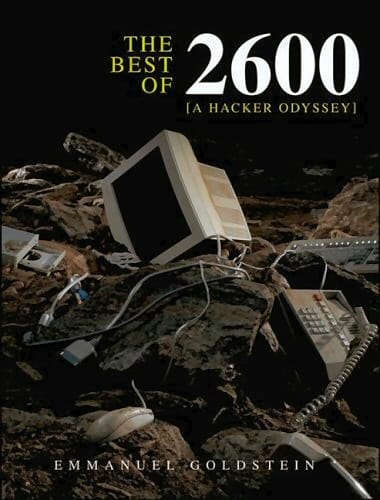asp.net
My Scaling Hero
Inspiration for Stack Overflow occasionally comes from the unlikeliest places. Have you ever heard of the dating website, Plenty of Fish? Markus Frind built the Plenty of Fish Web site in 2003 as nothing more than an exercise to help teach himself a new programming language, ASP.NET. The site









